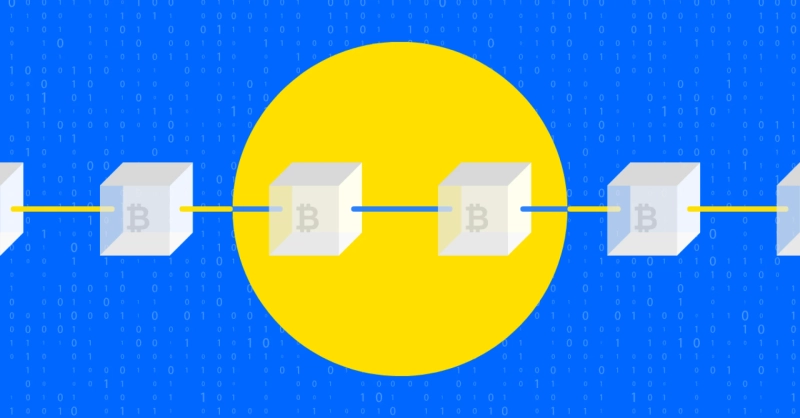Introduction
In the fast-paced world of technology and finance, the term 'what is blockchain' has become a common question. It's often associated with cryptocurrencies, particularly Bitcoin. However, to truly understand this revolutionary technology, we need to delve into what blockchain is and why it stands apart from cryptocurrencies. In this article, we'll explore the basics of blockchain technology, its key features, and why it distinguishes itself from the world of digital currencies.
Understanding Blockchain Technology
At its core, blockchain is a distributed ledger technology. It functions as a decentralized system that records transactions across a network of computers. These transactions are grouped into blocks, with each block securely linked to the previous one. The result is a chain of interconnected blocks, aptly named a "blockchain." Let's break down the fundamental elements of blockchain technology:
1. Decentralization
One of the defining characteristics of blockchain is decentralization. Unlike traditional systems governed by a central authority, blockchain operates on a network of nodes (computers) that collectively validate and record transactions. This decentralization enhances security and reduces the risk of a single point of failure.
2. Transparency
Transactions on a blockchain are transparent and accessible to all participants in the network. The entire transaction history is open for scrutiny, making it a trust-building feature across a wide range of applications.
3. Immutability
Once a transaction is added to the blockchain, it becomes exceedingly challenging to alter or erase. This immutability is achieved through the use of cryptographic techniques, ensuring that the data remains tamper-proof and reliable.
4. Security
Blockchain relies on cryptographic algorithms to secure transactions and control access. It employs consensus mechanisms, such as Proof of Work (PoW) or Proof of Stake (PoS), to ensure that only valid transactions are added to the blockchain.
5. Smart Contracts
Blockchain can support smart contracts, which are self-executing contracts with the terms of the agreement directly encoded into code. These contracts automatically execute when predefined conditions are met, reducing the need for intermediaries.
Why Blockchain is Different from Crypto
Now that we have a solid grasp of blockchain technology, let's explore how it differs from cryptocurrencies:
1. Purpose and Function
Cryptocurrencies, such as Bitcoin, utilize blockchain technology to record financial transactions. However, blockchain itself serves a broader purpose. It can record various types of digital transactions, extending beyond just financial exchanges. Applications include supply chain management, voting systems, and identity verification, among others.
2. Scope of Use Cases
While cryptocurrencies predominantly focus on financial transactions and digital currencies, blockchain technology has a much wider scope. Its decentralized and transparent nature makes it suitable for applications where trust, security, and data integrity are paramount.
3. Centralization vs. Decentralization
Cryptocurrencies often require centralized exchanges for buying and selling. In contrast, blockchain technology emphasizes decentralization and can be employed in scenarios where eliminating intermediaries and central authorities is a priority.
4. Innovation and Development
Blockchain technology continues to evolve, adapting to a wide range of use cases. Developers are constantly exploring new ways to harness its potential, leading to innovations in areas like supply chain management, healthcare, and voting systems. Cryptocurrencies, while significant, represent just one facet of blockchain's capabilities.
Conclusion
In conclusion, blockchain technology serves as the foundation for cryptocurrencies like Bitcoin. It operates as a decentralized, transparent, and secure system for recording transactions. However, it extends far beyond digital currencies, finding applications in various industries. To fully comprehend the potential of this transformative technology and its capacity to revolutionize the way we conduct transactions and secure data in the digital era, it's essential to distinguish between blockchain technology and cryptocurrencies.


